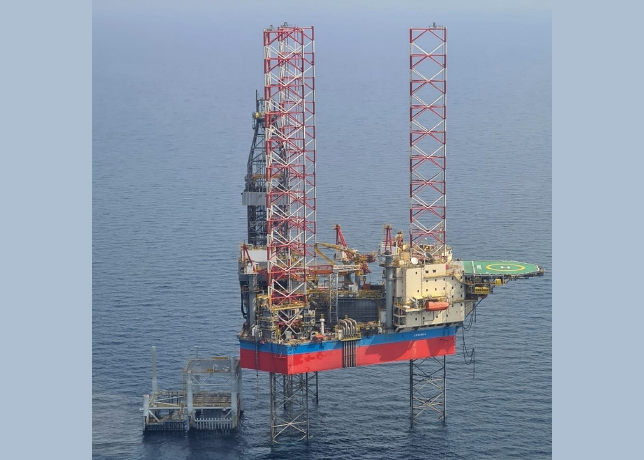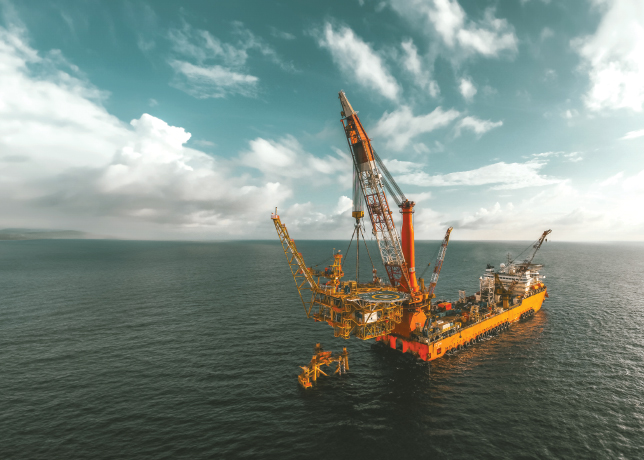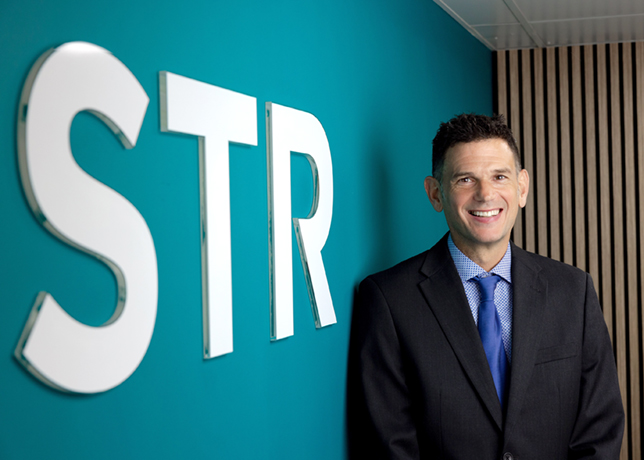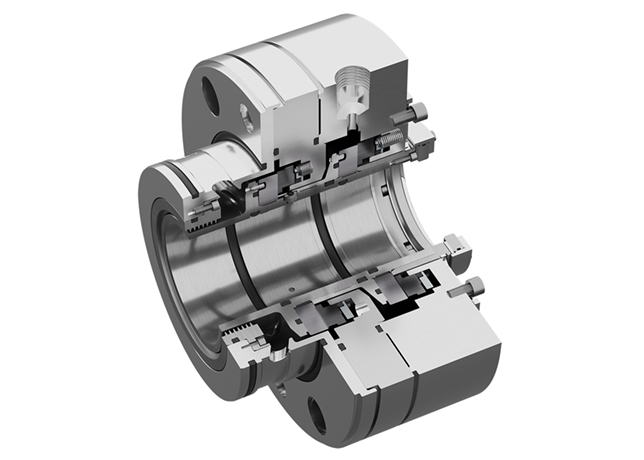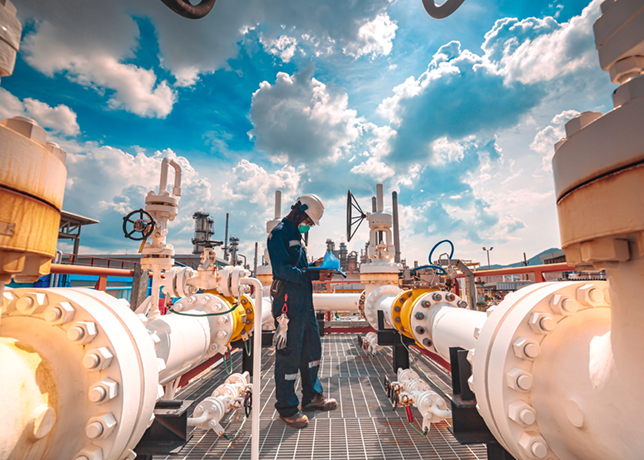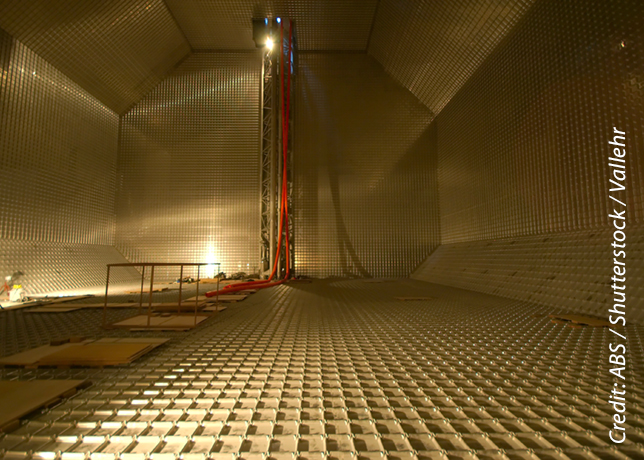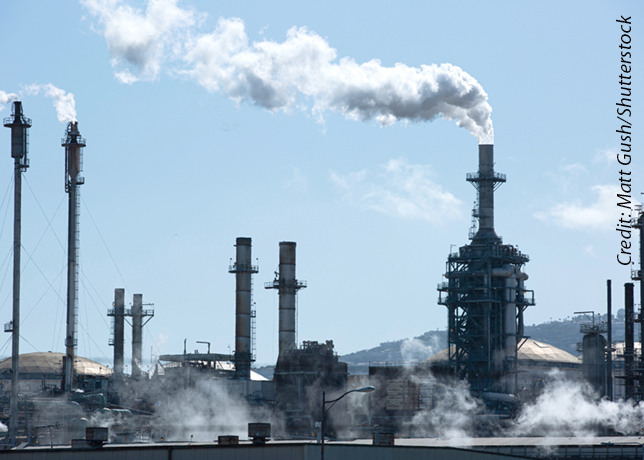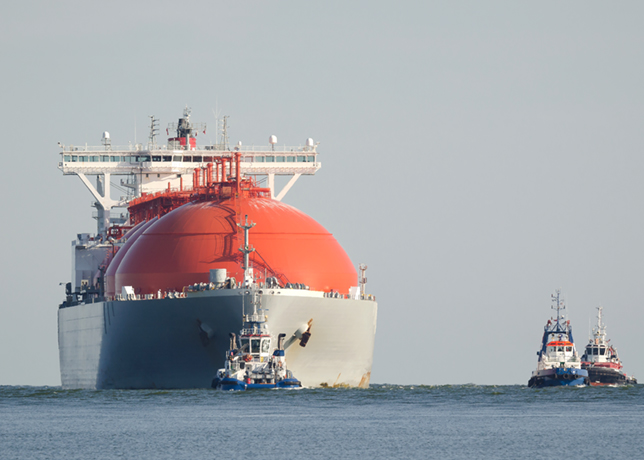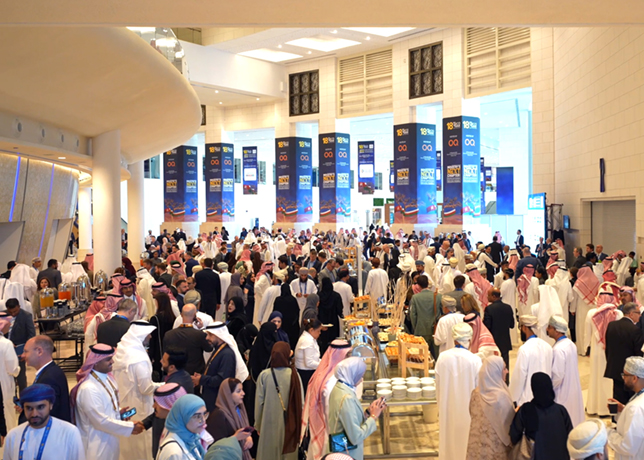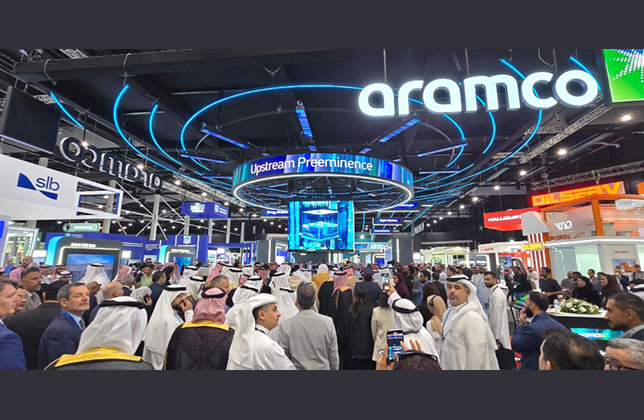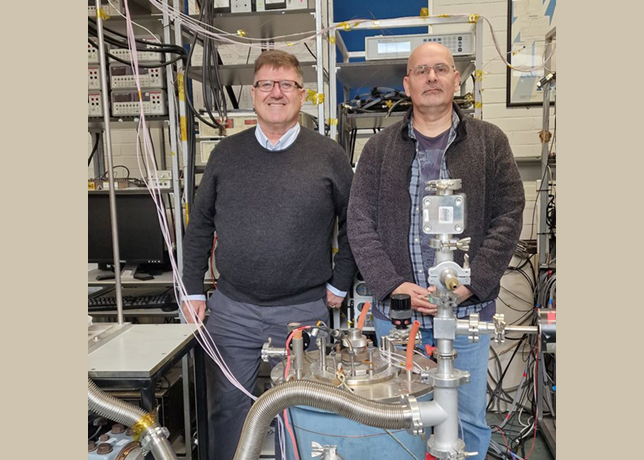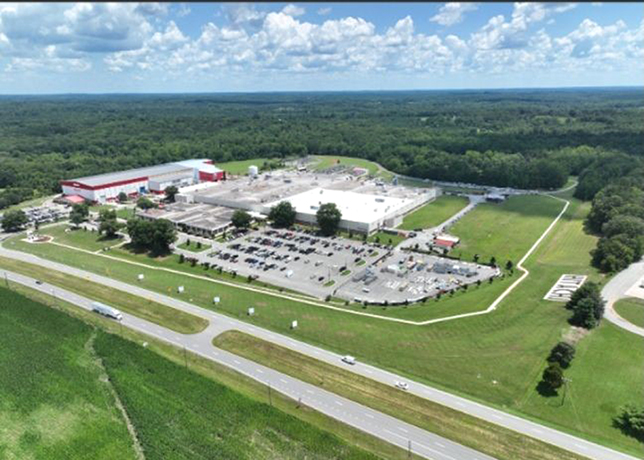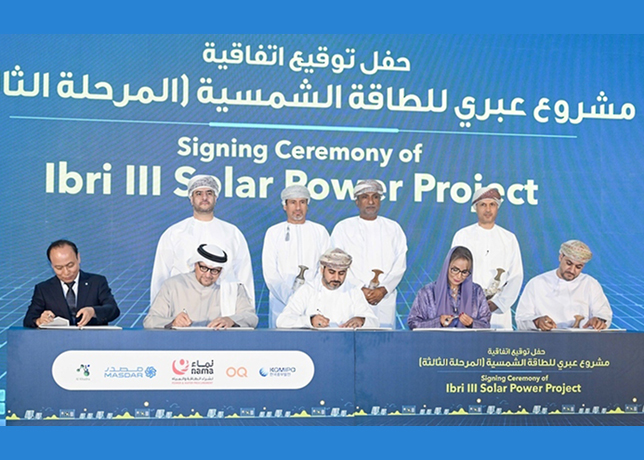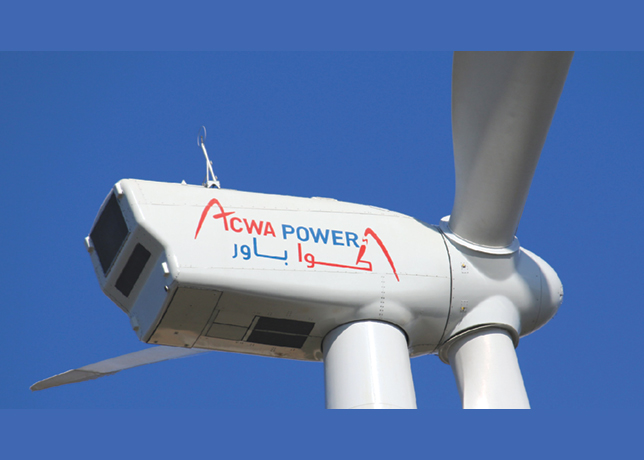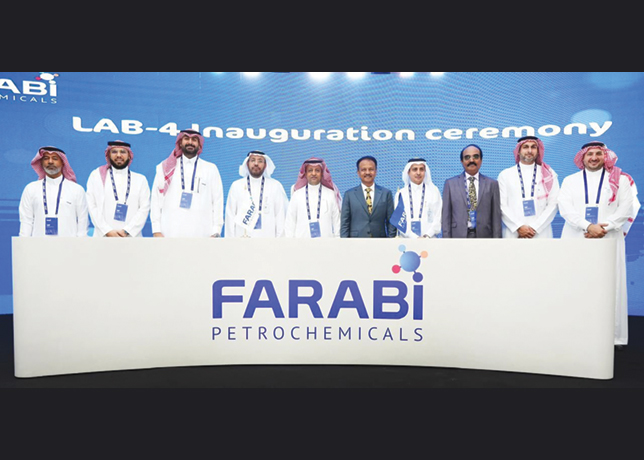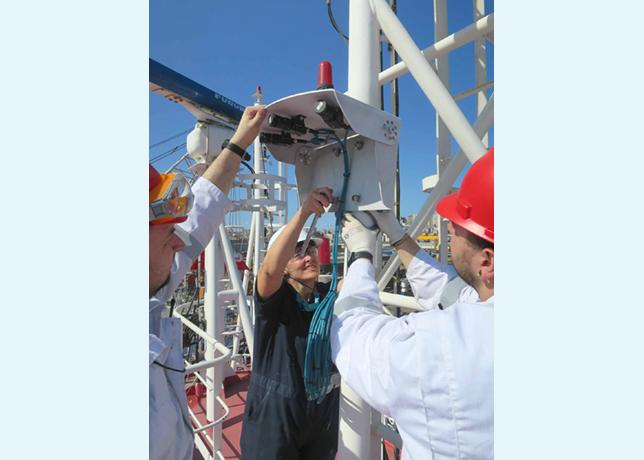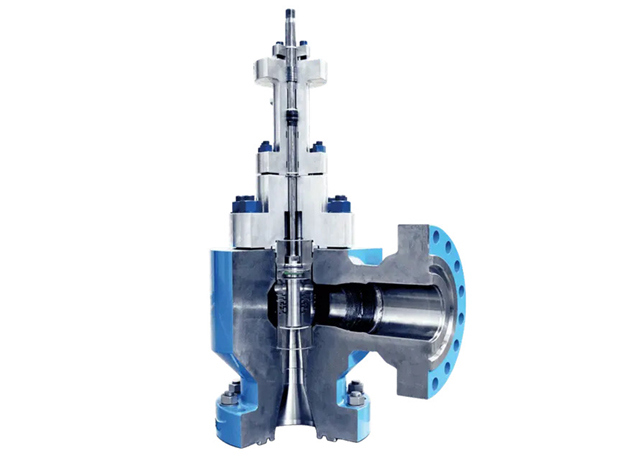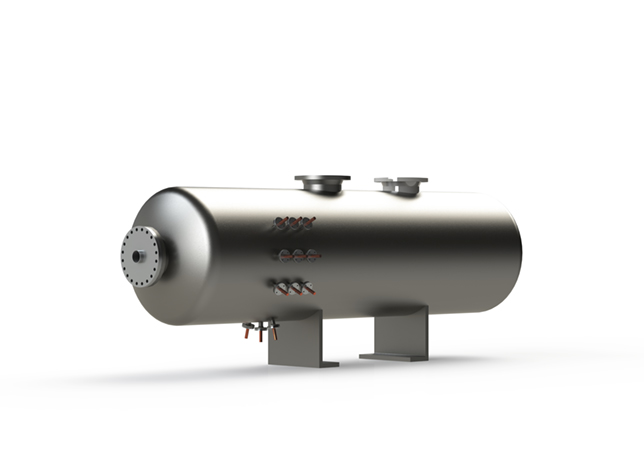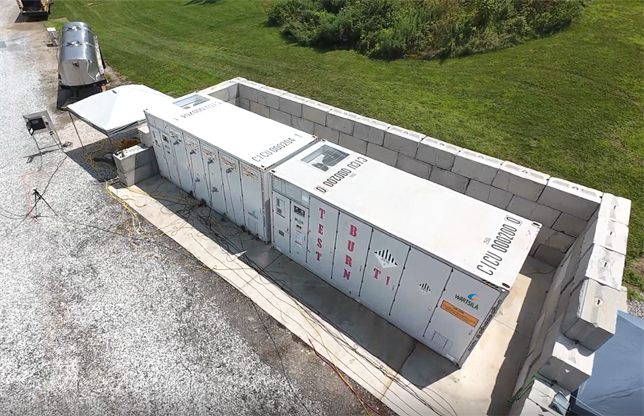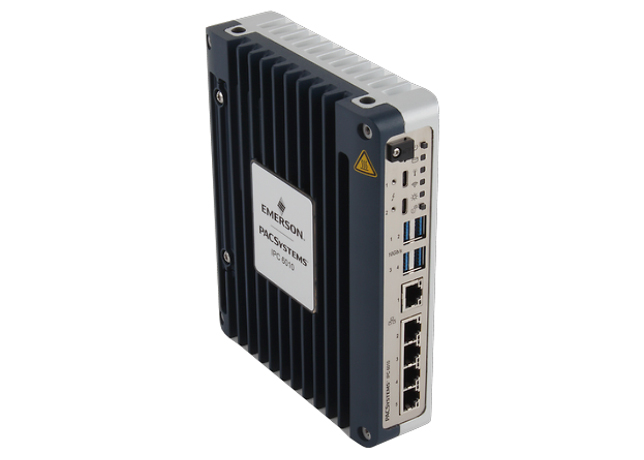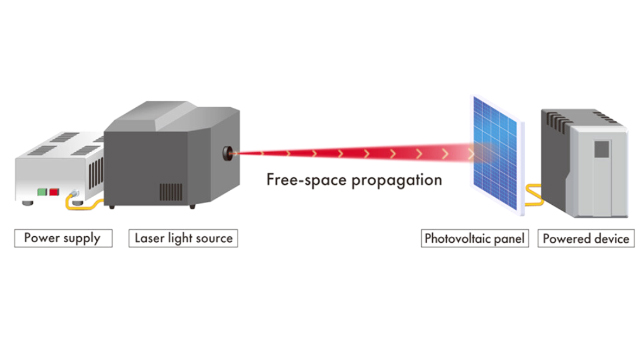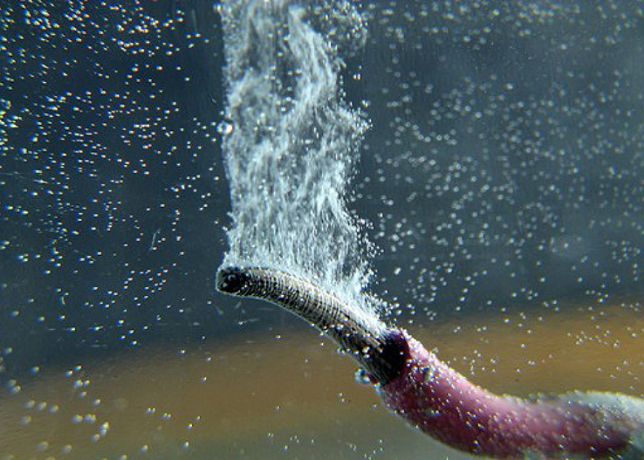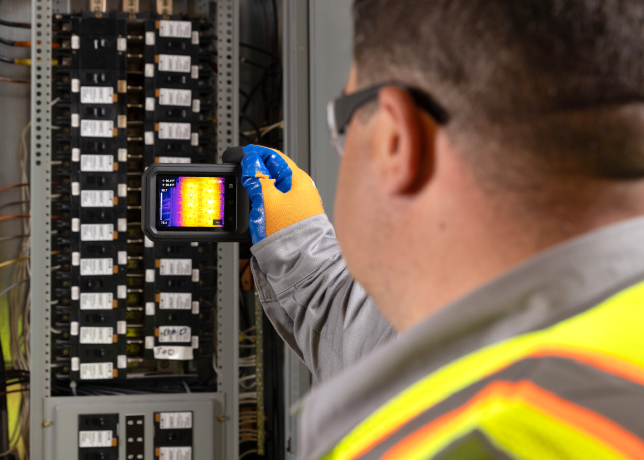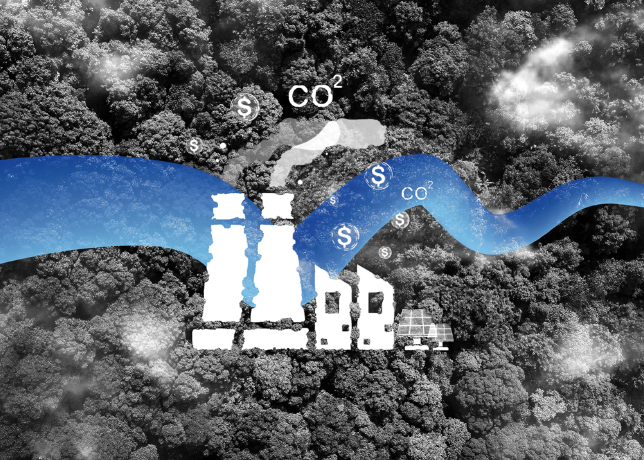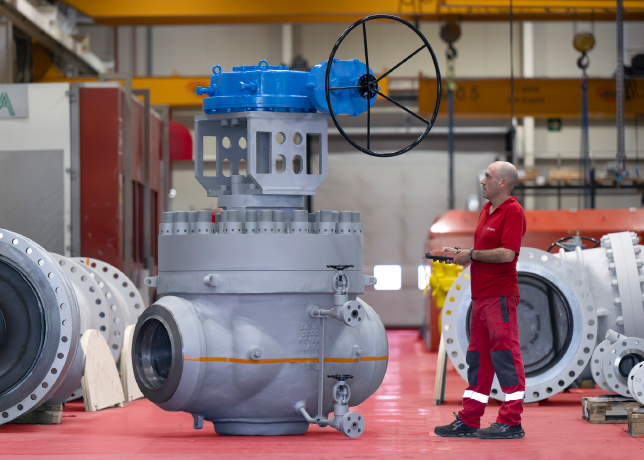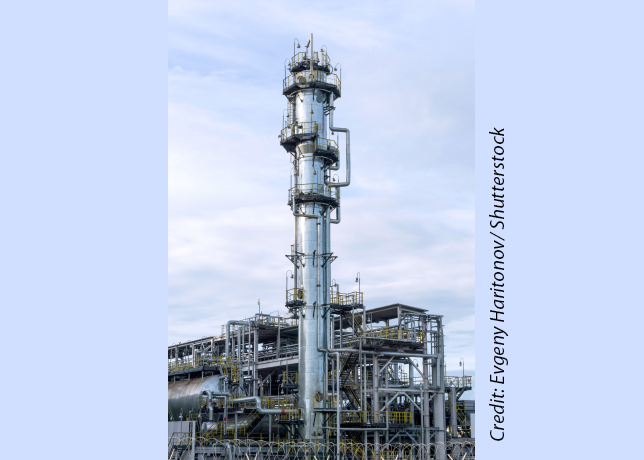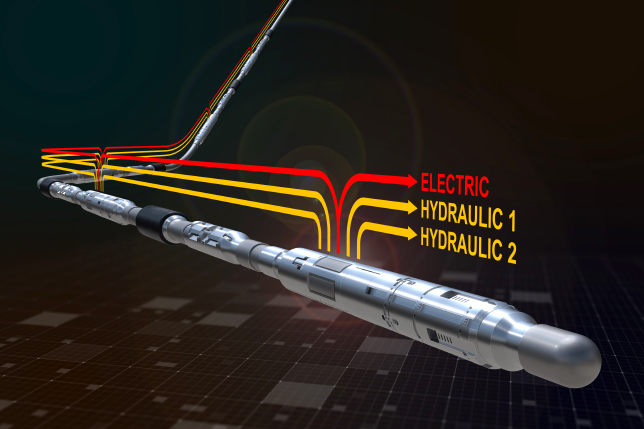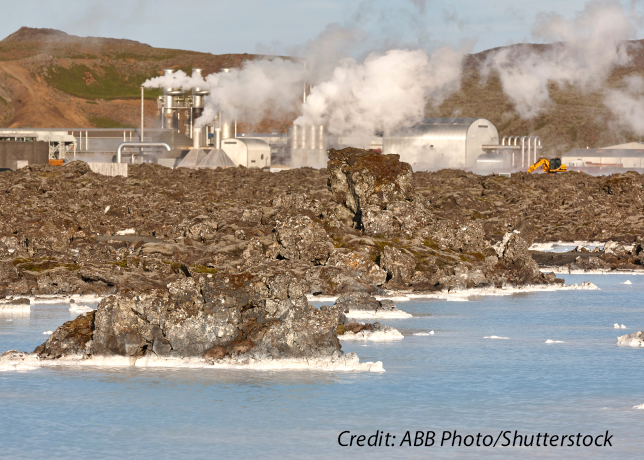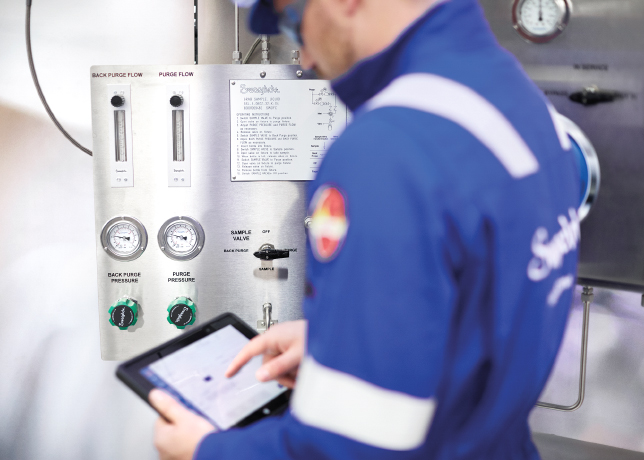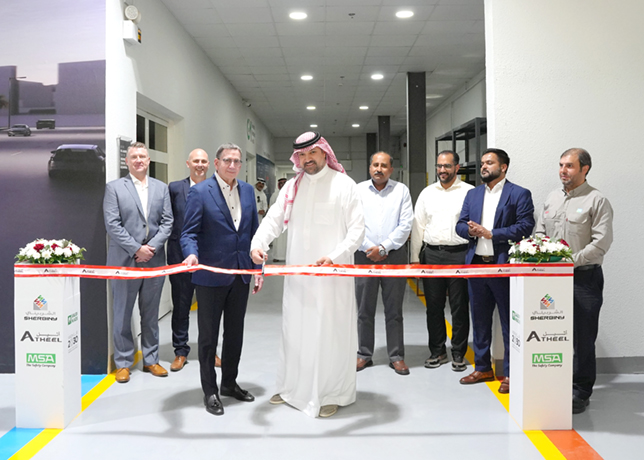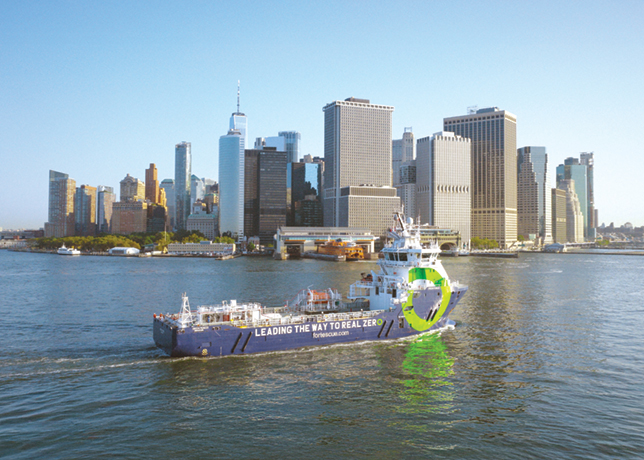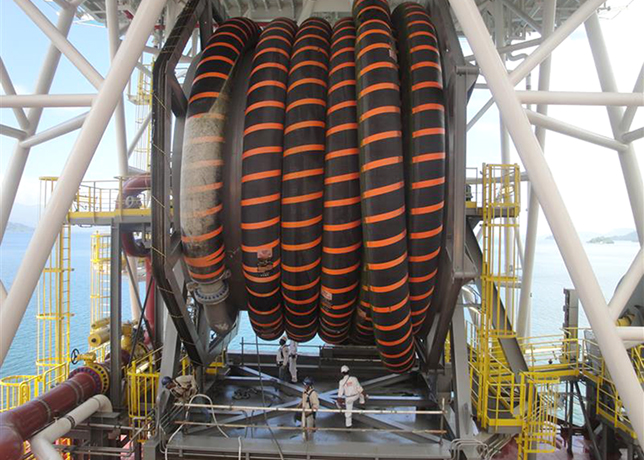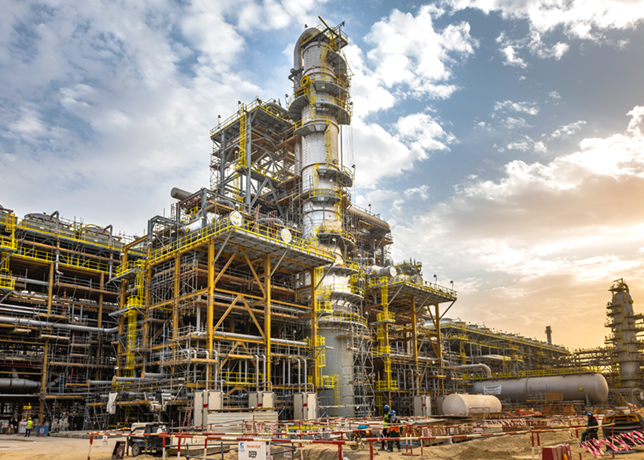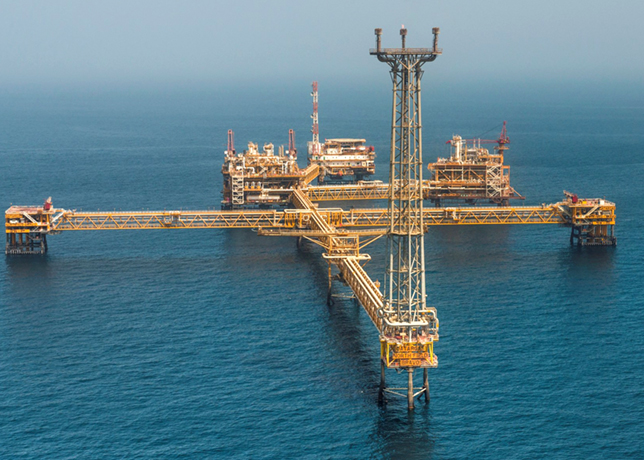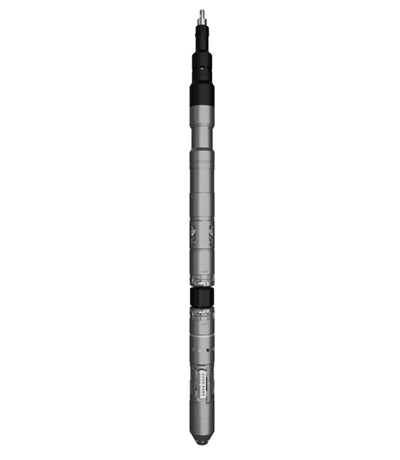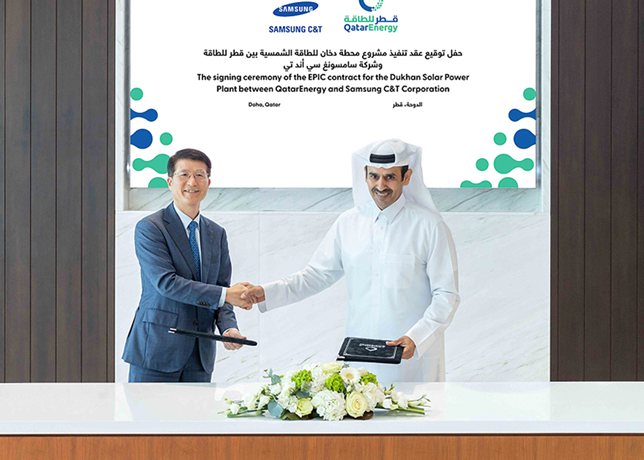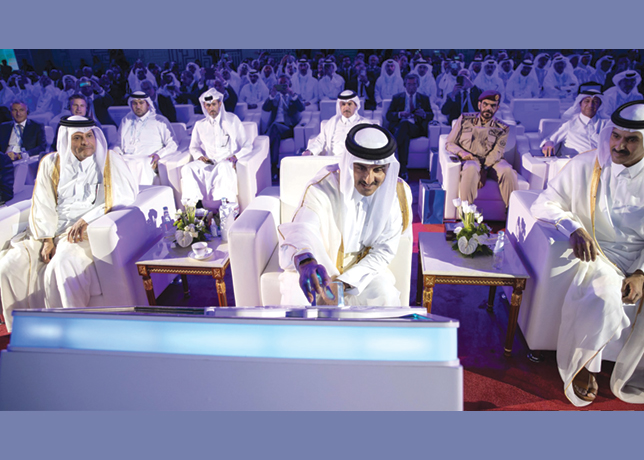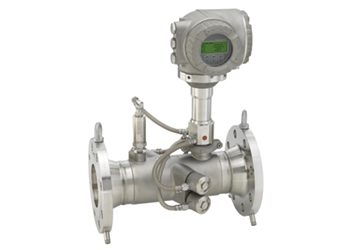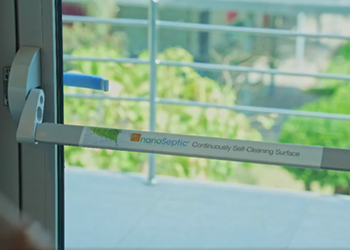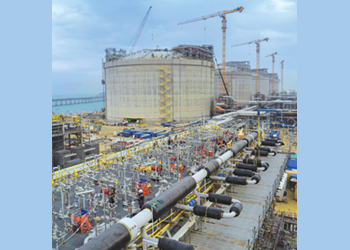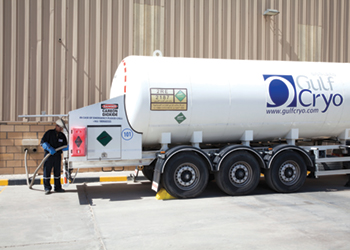
 Tracer data ... a versatile way to understand well and reservoir
Tracer data ... a versatile way to understand well and reservoir
Tracer technology can help E&P operators lower carbon footprint through the use of risk-free methods to optimise production through better understanding of the producing asset, Gunnar Hviding, CEO, Resman, tells OGN
The exploration and production (E&P) industry is under continuous scrutiny as demands for a more sustainable energy system are growing in strength.
The response from the industry has been to evaluate its operating practices to reduce emissions in production and to develop the technology for carbon capture and storage (CCS).
One immediate goal for the industry must be to improve its own carbon footprint from hydrocarbon extraction by more energy-efficient and less wasteful production practices.
Central to this strategy is enhanced recovery, accelerated production, digitisation, waste reduction and reduced movement of people and equipment.
Tracer technology can help operators achieve all these objectives.
WHAT IS TRACER TECHNOLOGY?
The underlying principle of chemical tracers is the release of specific molecules, which follow the liquid or gas flow in the well or reservoir. As such, if a tracer is detected then there is flow.
The tracers can either be installed in the well completion or pumped into an injector well or producing well, dependent on which data the operator seeks.
Such data can be zonal productivity, location of water breakthrough or gas coning, optimal draw-down of the well, well monitoring, pressure support, oil saturation and a host of other information.
The tracer data are even more powerful when analysed together with other available information from the reservoir.
ZONAL SPECIFIC INFORMATION
A non-intervention system of intelligent tracers are integrated with the completion equipment to monitor segments of the reservoir.
At well start-up or in continuous production, oil samples are analysed for tracer parts-per-trillion concentrations which can give information of zonal productivity, water breakthrough and gas coning.
By optimising the drawdown of the well, the operator can operate the well at maximum capacity whilst limiting production of water or gas.
The production information also gives useful insights into the reservoir which helps the placement and construction of additional wells.
Tracers follow the liquids and data can be collected frequently and even continuously.
If the tracer data indicate flow, then there is flow, and the quantification of the flow has acceptable accuracy for most purposes.
A word of caution is that zonal cross flow and severe multiphase conditions may make quantification more challenging, but it is still possible to verify if a zone is producing and if it is a little or lot.
RESMAN conscious of integrating with operator’s workflows, and as such we are working with industry suppliers to integrate tracer data in existing modelling and simulation software, to enhance availability of data and improve reservoir understanding.
RESERVOIR SPECIFIC INFORMATION
Traditional interwell tracers are pumped into an injection well and will migrate to the producing wells.
By analysing the concentration of tracers in the producing well, the operator can get a good overview of the reservoir’s drainage pattern, sweep volumes and channels as well as an understanding of the pressure support mechanisms and aquifer ingress.
INCREASED PROFITABILITY FROM INFORMATION
A simple example of value creation by use of tracer information can be seen in a recent well with early water breakthrough, where the operator did a tracer test at varying well drawdown.
The tracer data confirmed the full wellbore contribution, identified the water producing zone and outlined the optimal choke setting.
As a result, water production was reduced by 90 per cent, the lifetime of the well was extended, and the NPV of the asset increased as wells were drilled further away from the aquifer and the pay zone increased.
OIL SATURATION & RELATIVE PERMEABILITY
RESMAN’s Partitioning Interwell Tracer Test (PITT) can provide information on oil saturation in producing reservoirs.
The area between an injector and producer is an area where the operator has limited information, and often relies on models or expensive 4D seismic data to estimate remaining oil saturation.
By applying the PITT technology, the operator can get a quantifiable measure of the average oil saturation between an injector and producer.
RESMAN’s patented tracers also have the potential to give information about fractional flow and relative permeability.
The Single Well Chemical Tracer Test (SWCTT) is used to estimate near bore oil saturation in production wells through a cyclic injection and production procedure of the partitioning tracers in the production wells.
ROAD TO A SUSTAINABLE FUTURE
Following a tracer installation or injection, the operator can receive actionable data in excess of 5-10 years, simply by taking samples and have these analysed in the laboratory.
The data and its interpretation will be sent electronically and can also be uploaded in the reservoir model and accessed there.
Compare this to transporting a PLT and crew to the platform, the CO2 saving on one data set is 99 per cent.
NON-TOXIC & NON-RADIOACTIVE
Tracer concentration is analysed in parts-per-trillion concentrations, and as such, very little organic compounds are used with a small carbon footprint.
RESMAN tracers do not contain poisonous substances which pollute the end product, like cadmium or radioactive isotopes.
TRACER TECHNOLOGY IN CCS
Tracer technology is an important element in safely storing CO2. Small amounts of RESMAN tracers will bond to and follow the injected CO2, a behaviour which have been qualified in industrial CCS projects.
In a CCS project the tracer data give many insights, including the traditional ones of estimating sweep volumes, flow direction and so on. Since the tracer is bonded to the injected CO2 it will alert an operator if the injected CO2 breaks through to the producing well. As such, tracers are also vital for accounting and verification of correct Carbon Offset Quotas.
Furthermore, there has been experienced leakage of CO2 in CCS projects. Such leakage will most often come from old or not properly constructed wells. RESMAN tracer data has allowed early detection and early remedy by the operator in such cases. As such, the tracer technology plays an important function in stakeholder management for a CCS project.
CONCLUSION
Tracer data is a cost-efficient and versatile way to better understand well and reservoir for better production returns and lower operating and capital cost.
The tracer data is always available, over the entire field life, and helps operators to optimise the value from existing assets whilst reducing CO2 emissions from operations and logistics.
Tracer technology will also be an important component in future CCS projects, both from a standpoint of reservoir management, accounting and stakeholder management, thereby contributing to a sustainable future for the hydrocarbon-based energy system.



